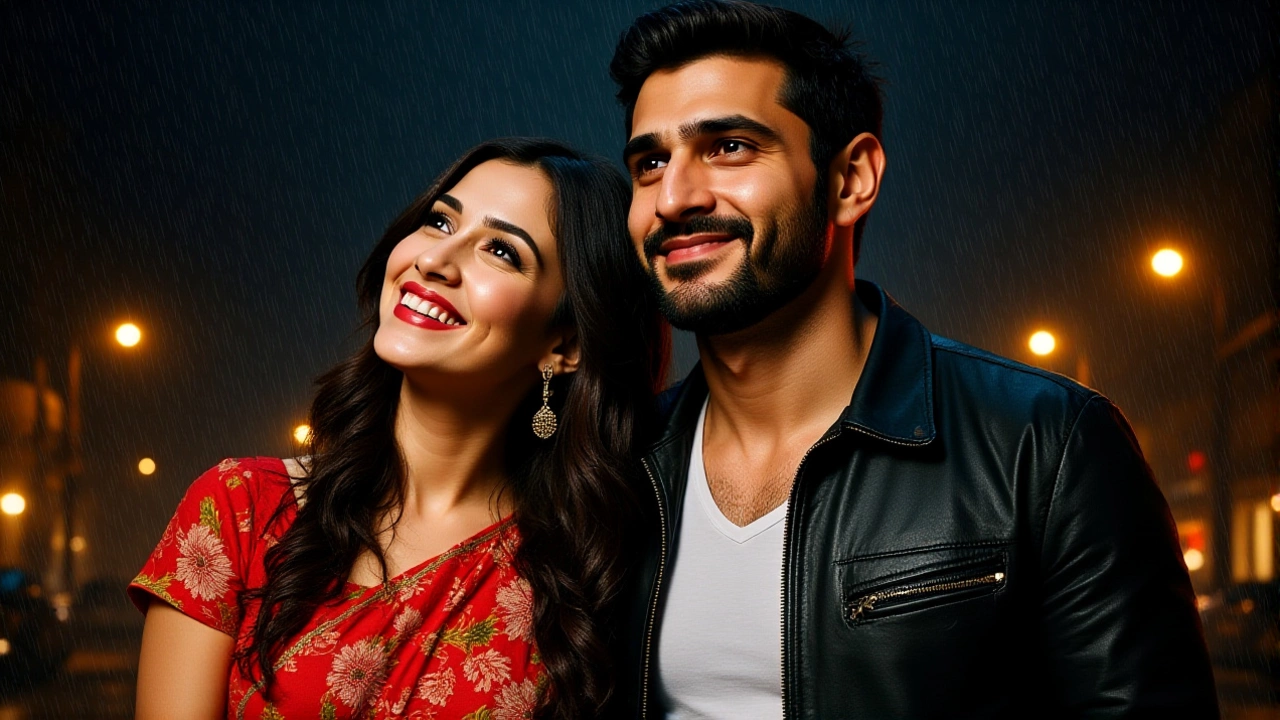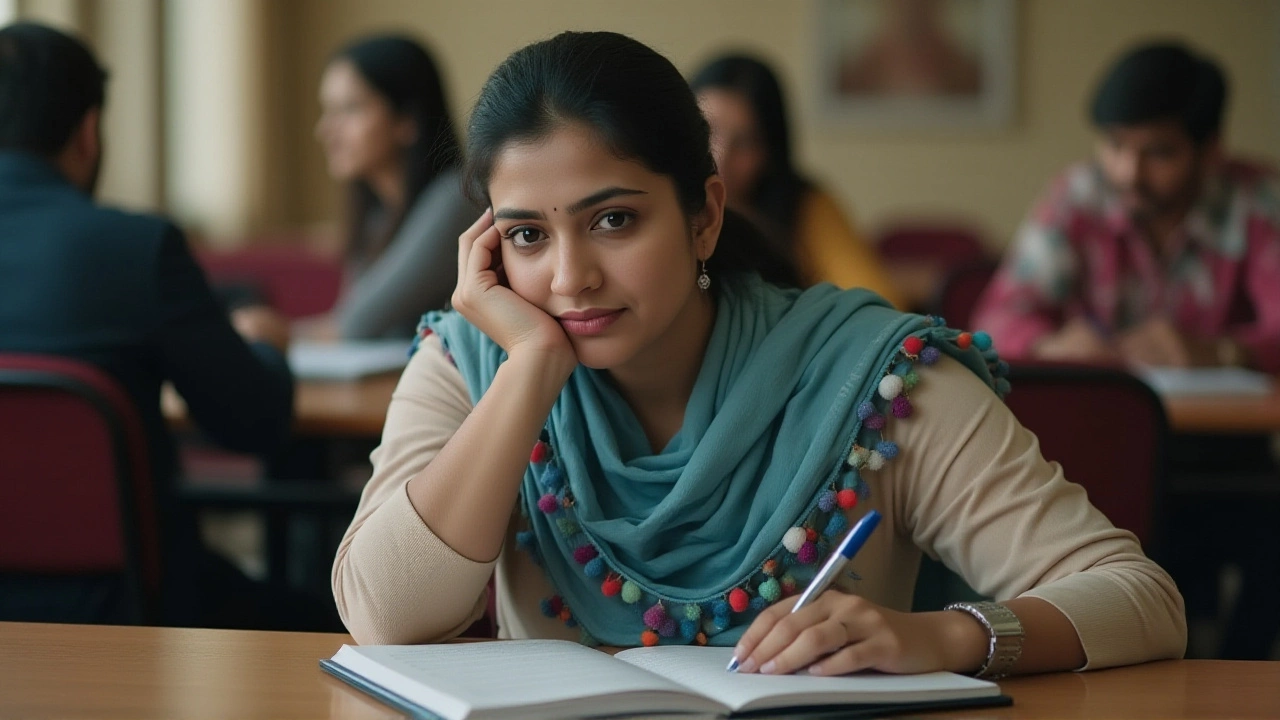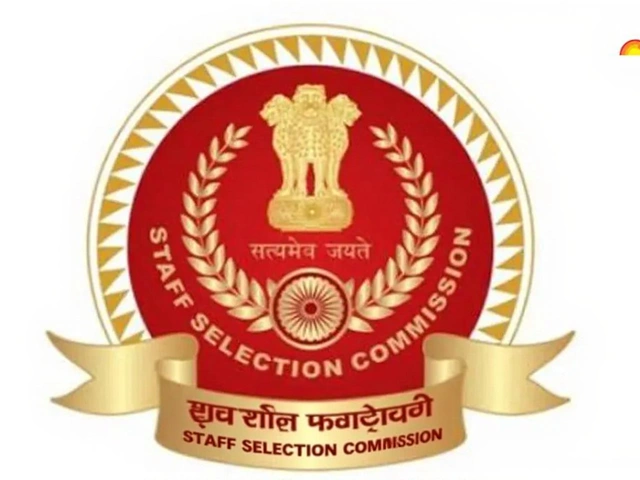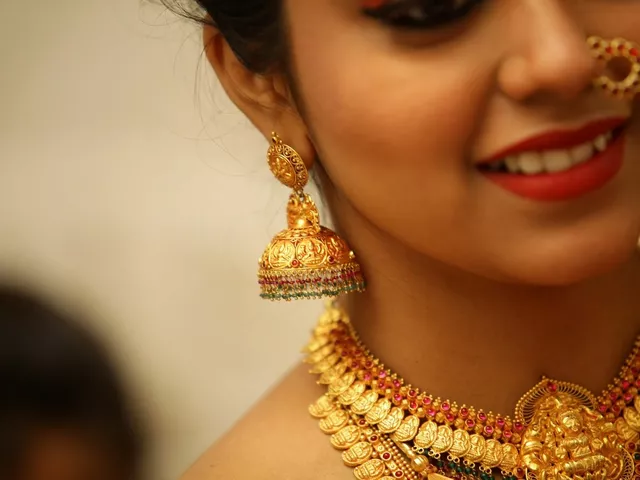When Allu Arjun returned as Pushpa Raj on December 5, 2024, audiences didn’t just show up—they stormed theaters. The Telugu-language action drama Pushpa 2: The Rule India, directed by Sukumar and produced by Mythri Movie Makers, didn’t just meet expectations—it shattered them. With a ₹500-crore budget and a global release in Telugu, Hindi, Tamil, Kannada, and Malayalam, the film became the highest-grossing Indian movie of all time, surpassing Baahubali 2: The Conclusion’s ₹1,788-crore record within 28 days. But beyond the numbers, it was Rashmika Mandanna’s portrayal of Shravali that left viewers breathless.
The Record-Breaking Run
By mid-January 2025, Pushpa 2: The Rule had earned ₹1,184.65 crore in India alone, with ₹774.65 crore coming from the Hindi version—a staggering figure that underscores its cross-regional appeal. Globally, it crossed ₹1,788 crore, dethroning the eight-year-old record held by Baahubali 2. Advance bookings were so intense that theaters in Hyderabad, Bengaluru, and Delhi had to add midnight shows. Even small-town screens in Odisha and Bihar reported sell-outs for weeks. This wasn’t just a sequel—it was a cultural event.
Rashmika Mandanna: The Quiet Storm
While Allu Arjun’s Pushpa Raj commanded the screen with raw, unapologetic charisma, it was Rashmika Mandanna’s Shravali who stole hearts. Her performance wasn’t loud—it was layered. A woman caught between loyalty, fear, and quiet rebellion, Shravali didn’t need monologues to resonate. A single glance, a trembling hand, the way she held a photograph of her child—these moments lingered longer than any action sequence. Critics called it her career-best. Fans created TikTok edits of her scenes that racked up over 80 million views. One viewer in Chennai wrote: “I didn’t cry for Pushpa. I cried for Shravali. She felt real.”
The Mythri Machine
Behind the spectacle was Mythri Movie Makers, the production house that had already revolutionized Telugu cinema with Pushpa: The Rise. This time, they didn’t just replicate success—they reimagined it. Principal photography began in October 2022, but Sukumar, known for his meticulous storytelling, made the bold decision to reshoot nearly 40% of the film after rewriting the script. The result? A tighter, more emotionally charged narrative. Veteran actor Jagapathi Babu as Minister Kogatam Veera Pratap Reddy delivered chilling gravitas, while Fahadh Faasil as SP Bhavani Singh brought a chilling, cerebral menace rarely seen in commercial Indian cinema.
OTT and the Extended Universe
On May 31, 2025, Pushpa 2 made its world television premiere on Zee Cinema at 7:30 PM IST, an event promoted as a national moment. But the real surprise came with the OTT release on Netflix. The platform announced a “Reloaded Version” with 23 minutes of never-before-seen footage—including a haunting 8-minute sequence between Pushpa and Shravali in a monsoon-soaked forest, and an alternate ending that deepens the moral ambiguity of the story. Here’s the catch: this extra content is available only in Telugu, Tamil, Malayalam, and Kannada—not Hindi. It’s a deliberate move, signaling that the core audience for this universe isn’t just pan-India—it’s regional, rooted, and fiercely loyal.

Why This Matters Beyond the Box Office
Pushpa 2 isn’t just a movie. It’s proof that Indian cinema can transcend language barriers without diluting cultural specificity. It proves that audiences crave complexity—even in action films. And it shows that a female character, when written with depth and played with nuance, can become the emotional anchor of a blockbuster. The film’s success has already sparked talks of a third installment, with Sukumar hinting at “a new chapter, not just a continuation.”
What’s Next for Pushpa?
With rumors swirling about a spin-off centered on Shravali’s past, and reports of a theatrical re-release in IMAX format this summer, the Pushpa universe is far from over. Allu Arjun has confirmed he’s already in pre-production for the next chapter. Meanwhile, Mythri Movie Makers is developing a web series exploring the origins of the red sandalwood smuggling network—a subplot barely touched in the films. The brand isn’t just alive; it’s evolving.
Frequently Asked Questions
How did Pushpa 2 break Baahubali 2’s box office record?
Pushpa 2 surpassed Baahubali 2’s ₹1,788-crore global gross by earning over ₹1,788 crore in just 28 days, fueled by unprecedented advance bookings, strong performances in Hindi markets, and record-breaking collections in South Indian states. Its multi-language release strategy and word-of-mouth momentum pushed it past the previous record holder, which took 60 days to reach the same figure.
Why isn’t the Netflix extra footage available in Hindi?
The 23 minutes of additional footage on Netflix are only subtitled or dubbed in Telugu, Tamil, Malayalam, and Kannada—languages where the Pushpa franchise has its strongest cultural roots. The producers believe the deeper, more nuanced scenes resonate best with the core audience, and adding Hindi dubbing could dilute the authenticity of the extended narrative.
What role did Rashmika Mandanna play in the film’s success?
Rashmika Mandanna’s Shravali provided the emotional core that balanced Allu Arjun’s larger-than-life Pushpa. Her restrained, authentic performance humanized the story, drawing in female audiences and critics alike. Social media trends, fan art, and streaming analytics show her scenes were among the most-watched and shared, significantly boosting the film’s longevity beyond opening weekend.
Is there going to be a Pushpa 3?
Director Sukumar has confirmed in interviews that a third film is in early development, with the working title “Pushpa 3: The Reckoning.” The story will reportedly explore the consequences of Pushpa’s rise and the rise of a new antagonist tied to the smuggling syndicate’s political connections, possibly expanding into national-level corruption.
How did the film’s production differ from Pushpa: The Rise?
Unlike the first film, which was shot mostly in sequence, Pushpa 2 was partially reshot after Sukumar rewrote the script to deepen character arcs. The production team used AI-assisted editing to maintain visual continuity, and added 17 new sets—including a recreated forest smuggling route in Andhra Pradesh. The budget increased by 25%, but the reshoots alone cost ₹120 crore.
What impact has Pushpa 2 had on South Indian cinema?
Pushpa 2 has redefined the scale and ambition of regional cinema. It proved that a non-Hindi film can lead the national box office without compromise, encouraging studios to invest more in high-budget regional projects. Several Tamil and Malayalam producers have since announced films with similar multi-language strategies, signaling a shift away from Hindi-centric distribution models.






